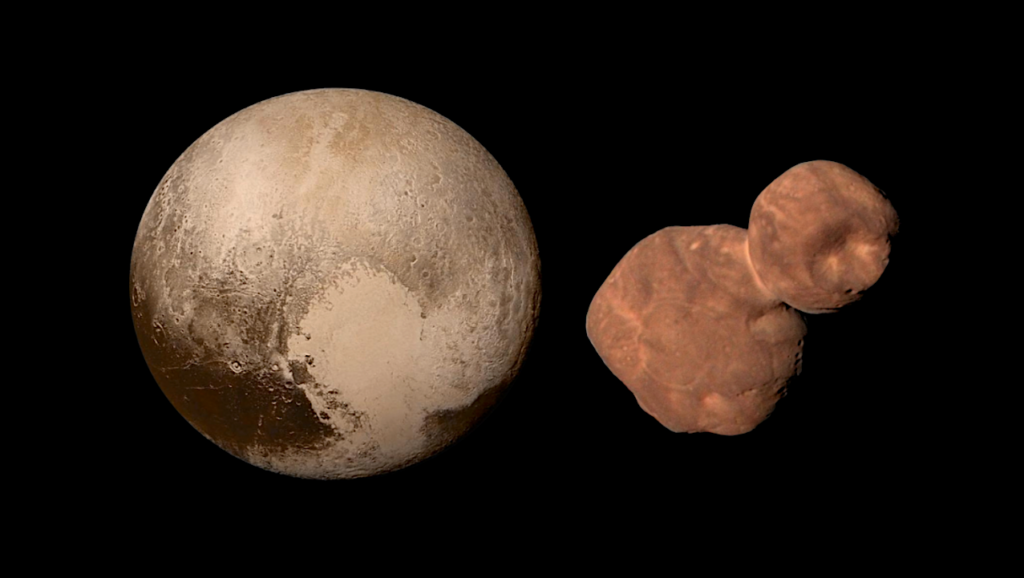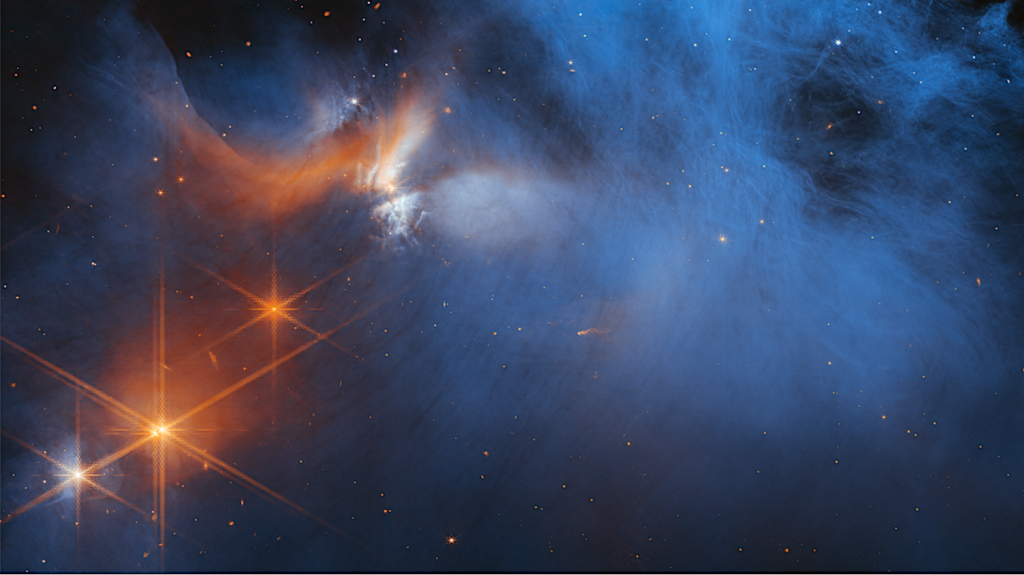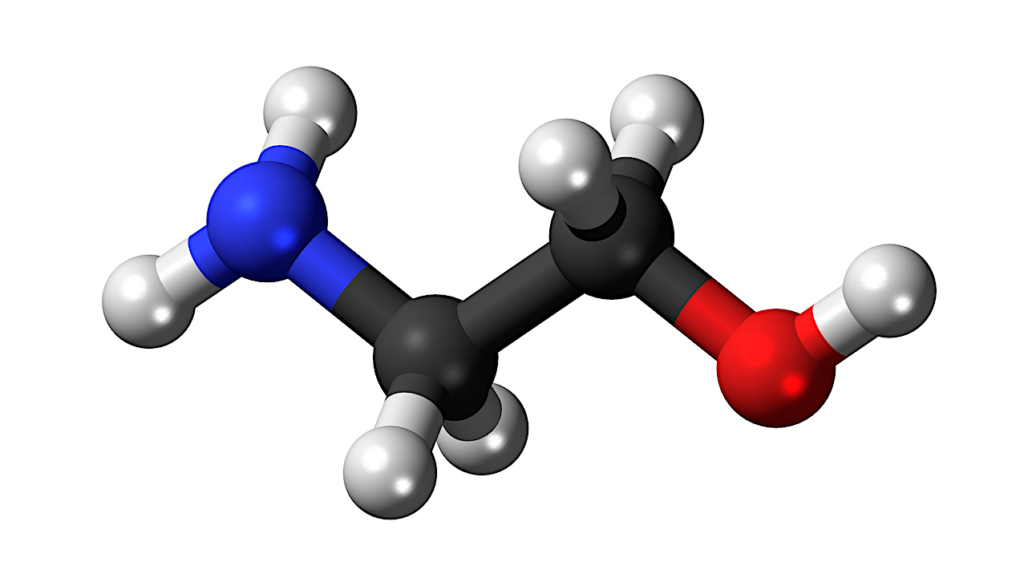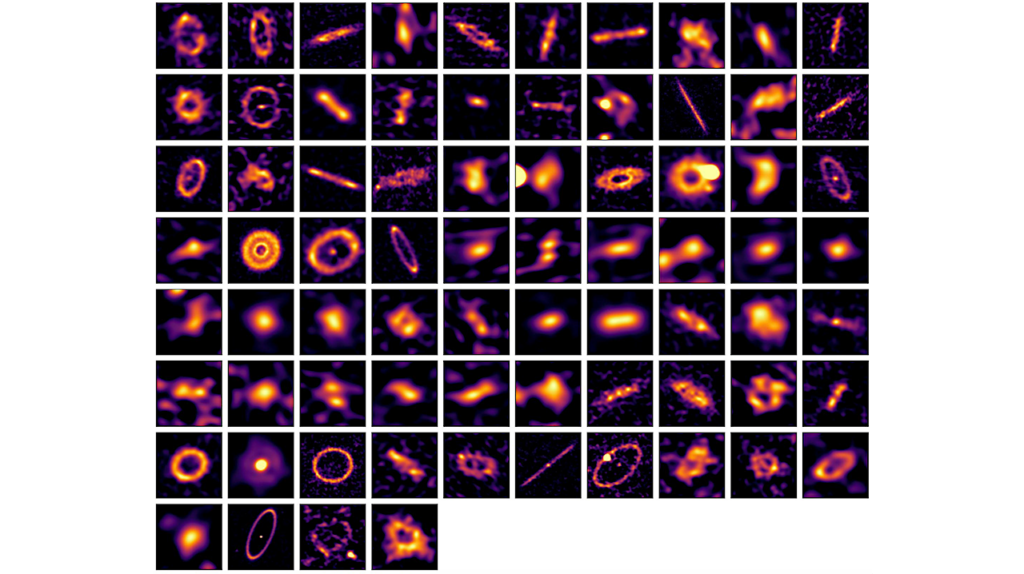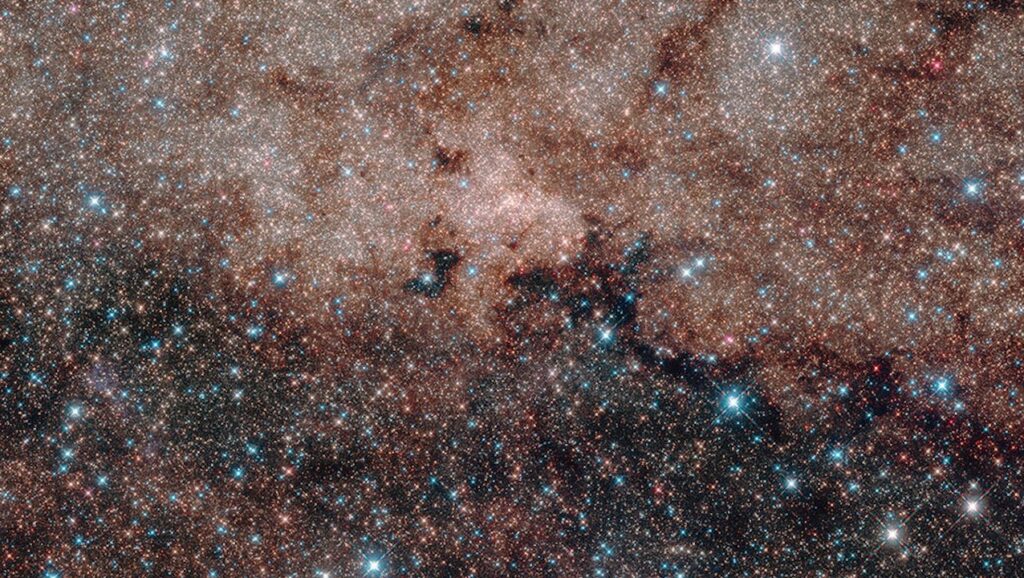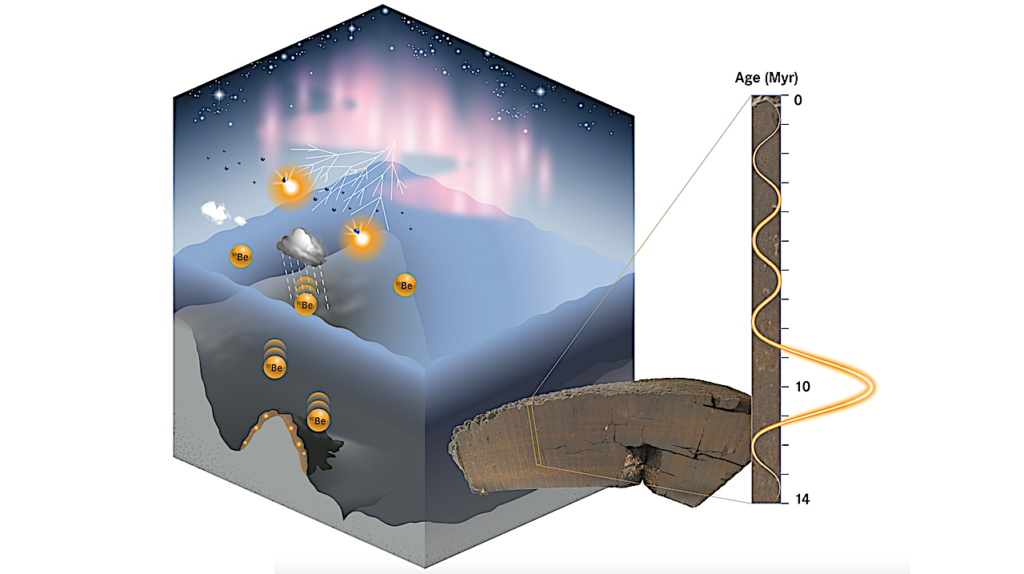The Young Ages of 70 μm-dark Clumps Inferred from Carbon Chain Chemistry
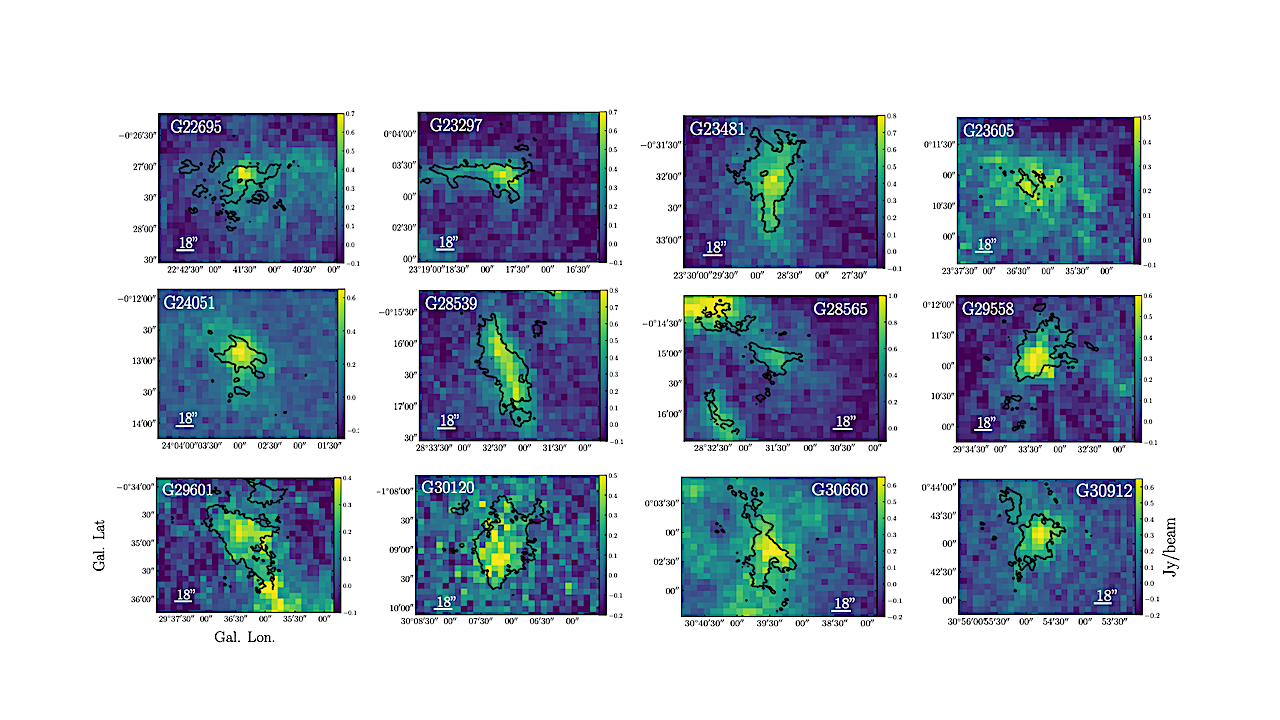
The physical conditions of the earliest environment of high-mass star formation are currently poorly understood. To that end, we present observations of the carbon chain molecules HC5N , CCS, and HC7N in the 22-25 GHz band towards 12 high-mass 70 micron-dark clumps (SMDC) with the Jansky Very Large Array (VLA).
We detect HC5N and CCS towards 11 of these SMDC sources. We calculate column densities and abundances relative to H2 for HC5N and CCS. We do not find any clear HC7N detections in the 11 sources individually, but by stacking the HC7N spectra, we do detect HC7N on average in these sources.
We also calculate the ratio of the column densities of HC5N to HC7N using the stacked spectra of both species. We compare our measured abundances of HC5N and our measured ratio of HC5N to HC7N to the UMIST dark cloud chemistry models to constrain an age for the gas assuming a fixed volume density and temperature. The chemical models favor a chemical evolutionary age less than 1 Myr at densities of n(H2) = 2 x 104 cm−3.
The consistent carbon-chain detections and young model-derived ages support the conclusion that these 11 70 micron-dark clumps lack high mass protostars because they are young and not because they are inefficient and incapable of high mass star formation.
Kadin Worthen, Brian E. Svoboda, David S. Meier, Juergen Ott, Rachel Friesen, Jennifer Patience, Yancy Shirley
Comments: Accepted for publication in ApJ. 10 Figures
Subjects: Astrophysics of Galaxies (astro-ph.GA); Solar and Stellar Astrophysics (astro-ph.SR)
Cite as: arXiv:2502.04283 [astro-ph.GA] (or arXiv:2502.04283v1 [astro-ph.GA] for this version)
https://doi.org/10.48550/arXiv.2502.04283
Focus to learn more
Submission history
From: Kadin Worthen
[v1] Thu, 6 Feb 2025 18:30:57 UTC (6,593 KB)
https://arxiv.org/abs/2502.04283
Astrobiology,


